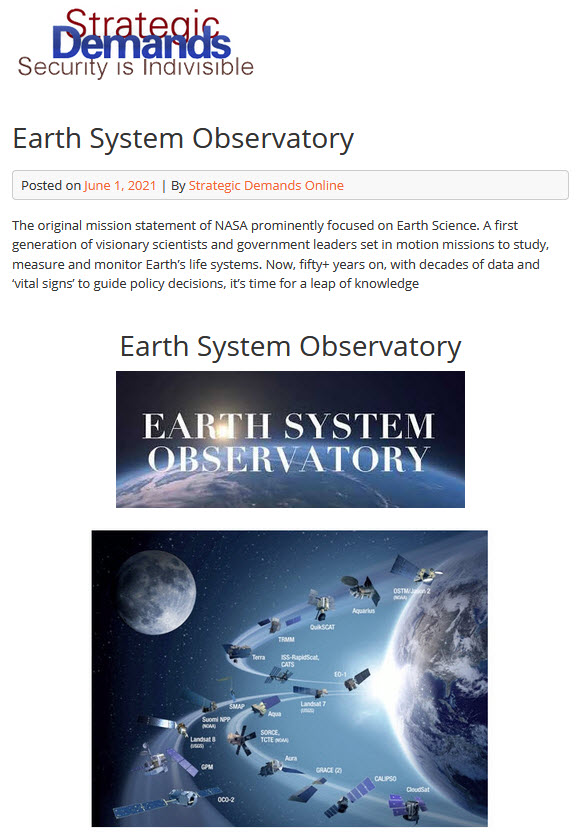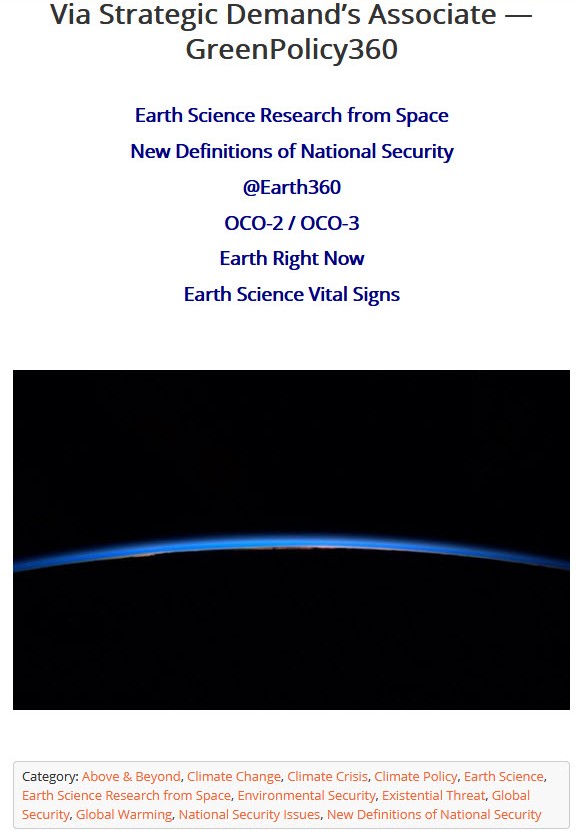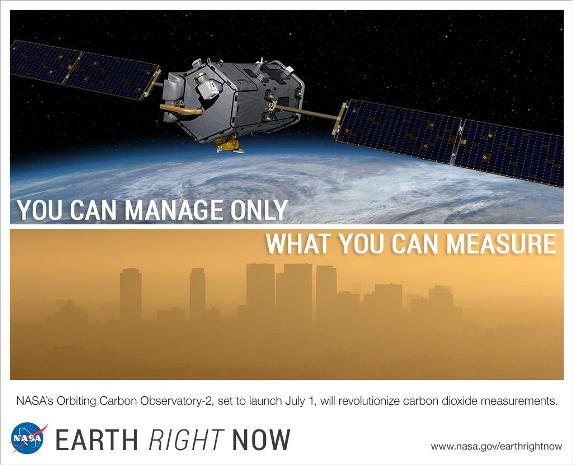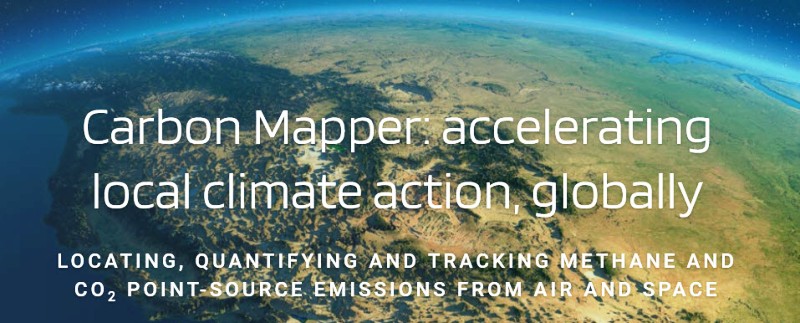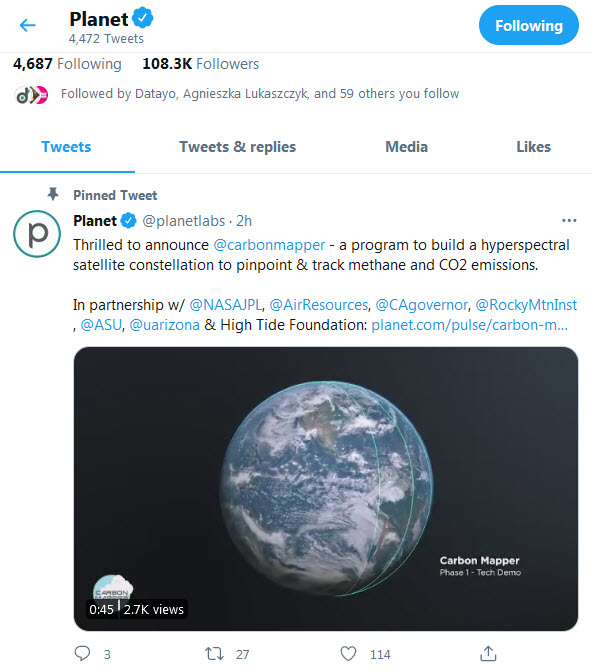File:Methods to enforce climate pledges-NDCs - Dec 2021.png: Difference between revisions
Siterunner (talk | contribs) No edit summary |
Siterunner (talk | contribs) No edit summary |
||
| Line 92: | Line 92: | ||
: [https://www.greenpolicy360.net/w/File:You_can_manage_only_what_you_can_measure_Dr_David_Crisp,_OCO-2,_June_2014_m.jpg '''Measure to Manage / NASA Earth Science'''] | : [https://www.greenpolicy360.net/w/File:You_can_manage_only_what_you_can_measure_Dr_David_Crisp,_OCO-2,_June_2014_m.jpg '''Measure to Manage / NASA Earth Science'''] | ||
:::::[[File:You can manage only what you can measure Dr David Crisp, OCO-2, June 2014 m.jpg]] | :::::[[File:You can manage only what you can measure Dr David Crisp, OCO-2, June 2014 m.jpg]] | ||
Revision as of 17:04, 28 February 2022
Climate Pledges Must Be Enforced
How to turn each nation's climate pledges into 'effective climate action'
- Promises & pledges of international climate summits in Paris (2015) & Glasgow (2021) now require & demand 'climate action enforcement'
- Measuring & monitoring greenhouse gas (GHG) emissions with satellite missions can become a cooperative climate tool 'working nation-by-nation'
GreenPolicy360 Siterunner - SJS / December 2021: Looking back to the 1960s and 70s to the beginnings of the Earth Science from Space missions of NASA and affiliated U.S. agencies in association with higher education and aerospace business, the vision statements of Congressional leaders like Rep. George E. Brown (D-Los Angeles), set in motion the measuring and monitoring programs that led to decades of atmospheric and earth systems data. This constellation of new space technology -- digital imaging, Earth 360° remote viewing, scientific observations, changes over time, atmospheric and earth temperature trend lines, all came into our hands. 'Drilling down', not for gas and oil, but in the parsing of data, now has the promise to provide essential ways and means to deliver real- and extended-time knowledge bases which can be used, effectively and we propose legally, to deliver on pledges and promises made at international climate change conferences and summits.
Let us do our part in continuing to expand this first-generation earth science vision -- space-based cooperative missions, initiatives and ventures -- that makes it possible to turn database tracking of emissions (externalities) -- CO2, methane, CFCs and other gases -- nation-by-nation into Climate Plan Enforcement (CPEs).
It is time to move from distant pledged goals to coordinated nation-by-nation climate action. Using best practices, effective nationally determined, and legally enforced operational plans, we can become agents of change making a positive real-world difference. As it is said -- "Earth Is In Our Hands", let us turn science and knowledge into climate action now.
The strategic demands for international cooperation and action is our generations greatest task and our legacy. Let us take up our climate challenge. Our time is today to enforce well intended, but extremely hard to achieve climate pledges.
○ ○ ○ ○ ○ ○ ○ ○ ○ ○ ○ ○ ○ ○ ○ ○ ○ ○ ○
Intended Nationally Determined Contributions
○ ○ ○ ○ ○ ○ ○ ○ ○ ○ ○ ○ ○ ○ ○ ○ ○ ○
GreenPolicy360/Strategic Demands propose an international consortium bringing together 'Earth Observation from Space' with ESA - NASA - Planet Labs
Earth Science Research from Space
New Definitions of National Security
Measuring & Monitoring Earth from Space
Landsat Memories, Looking Back at the Beginning of the U.S. Earth Sciences Mission
Measuring and Monitoring Earth's Life System and Resources from Space
Envisioning Environmental Protection with 'Eyes in the Sky'
SJS/GreenPolicy360 Siterunner: The U.S. Interior Department, the U.S. Geological Survey, NASA with the Congressional Science and Technology Committee (originally the Science and Astronautics Committee were responsible for building the original Landsat program (which overcame much opposition within the military). ERTS-1, the Earth Resources Technology Satellite, as the original Landsat satellite was officially first called, was 'greenlighted' to go as a real time earth observation mission in 1970. The vast digital database it gathered has proven over the years the wisdom of the visionaries who first proposed, drafted legislation creating, funding, then engineering, testing, launching and ably defending the Landsat mission from critics over the decades. Now the results are being re-considered for the unique value they provide in guiding policy discussion, debate and decisions. The Landsat library of imagery, millions of images, multispectrum observations of change on earth over the first fifty years of the mission's existence, are seen in a new light.
In the late 1960s and early 70s, Congressman George Brown on the Science and Technology Committee was pressing forward with NASA's development of the first array of earth science satellite missions. Near the top of his list of project missions was LANDSAT 1.
Representative Brown was out in front of "Big Science". In his decades on the House Science, Space & Technology Committee, he worked to expand the reach of science. He knew that good data enabled good policy decisions. He pressed for first-generation earth science satellites and ongoing earth monitoring missions and data sharing.
GreenPolicy360: Today in 2022 we have the science and data, the earth atmospheric imaging databases and satellite missions up and they are measuring, monitoring and tracking the realities of greenhouse gas emissions, the trendlines, the 'hot spot super-emitting sites'. Now is the time, our generation's responsibility and challenge to go to work and act to protect the planet's life systems and environment for today and for the future ...
File history
Click on a date/time to view the file as it appeared at that time.
| Date/Time | Thumbnail | Dimensions | User | Comment | |
|---|---|---|---|---|---|
| current | 21:20, 13 December 2021 |  | 539 × 480 (333 KB) | Siterunner (talk | contribs) |
You cannot overwrite this file.
File usage
The following 15 pages use this file:
- Climate News
- Climate News Events Archive ... 1970 to Today
- Earth Science Research from Space
- Environmental Studies Online
- Glasgow Climate Summit - Pledges, Promises, Declarations - What's Next Up
- GreenPolicy360 Archive Highlights 2022
- Green New Deal
- OCO-2
- File:Climate News - United Nations Report - Feb 2022.png
- File:INDC tree.png
- File:IPCC Report - Feb 2022.jpg
- File:Shell lawsuit Feb 2023.png
- File:You can manage only what you can measure Dr David Crisp, OCO-2, June 2014 m.jpg
- Category:Atmospheric Science
- Category:INDC
- About Us
- Air Quality
- Air Pollution
- Agriculture
- Alternative Agriculture
- Antarctica
- Anthropocene
- Arctic
- Atmospheric Science
- California
- Citizen Science
- City Governments
- Climate Change
- Climate Migration
- Climate Policy
- Countries
- County Governments
- Democracy
- Desertification
- Digital Citizen
- Earth Imaging
- Earth Observations
- Earth360
- Earth Science
- Earth Science from Space
- Earth System Science
- Ecology Studies
- Eco-nomics
- Economic Justice
- Education
- Energy
- Environmental Laws
- Environmental Protection
- Environmental Security
- Environmental Security, National Security
- ESA
- European Union
- Externalities
- Extinction
- Food
- Forests
- Fossil Fuels
- Greenland
- Global Security
- Global Warming
- Green Graphics
- Green Networking
- Green Best Practices
- Green Politics
- Health
- INDC
- Maps
- Money in Politics
- NASA
- NOAA
- Natural Resources
- Networking
- New Definitions of National Security
- New Economy
- New Space
- Oceans
- Ocean Science
- Online Education
- Planet Citizen
- Planet Citizens
- Planet Citizens, Planet Scientists
- Rainforest
- Renewable Energy
- Resilience
- Sea-level Rise
- Sea-Level Rise & Mitigation
- Seventh Generation Sustainability
- Social Justice
- Soil
- Solar Energy
- Strategic Demands
- Sustainability Policies
- Threat Multiplier
- Transportation
- United Nations
- US
- US Environmental Protection Agency
- Water Quality
- Whole Earth
- Wind Energy
- World Bank
- World Wide Web
- Youth
